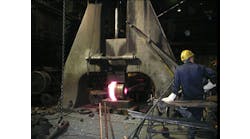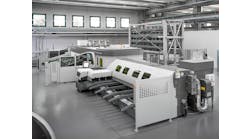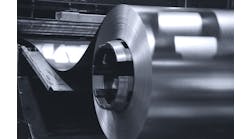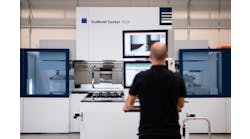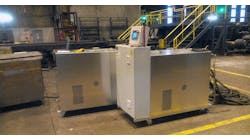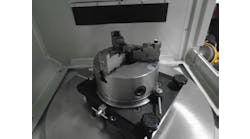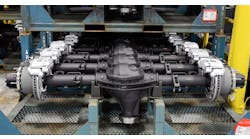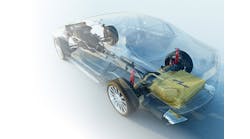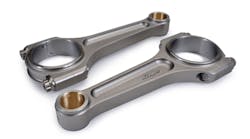For crankshafts, on the other hand, the heat-treat response is restricted somewhat, depending on the size of the crank being produced. For automotive size cranks with section sizes in the 2.5 to 3 in. category, all these alloys can be heat-treated to typical strength levels. However, for very high strengths the 4340 grade is heat treatable with the least distortion because it does not need to be quenched in water or in cold oil. The grade is more expensive than the other two.
A large percentage of automotive and small tractor cranks are being forged from micro-alloyed steels. The current practice for automotive cranks is to forge and rapidly air cool followed by a stress relief. Journals are induction-hardened.
For more than 40 years H. James Henning held key technical positions in the forging industry, including as director of technology for the Forging Industry Association, and as president of Henning Education Services, a Columbus, OH, firm specializing in customized education and training in forging technologies.
Guidelines and recommendations offered in this column are based on information believed to be reliable and are supplied in good faith but without guarantee. Operational conditions that exist in individual plants and facilities vary widely. Users of this information should adapt it, and always exercise independent discretion in establishing plant or facility operating practice.

